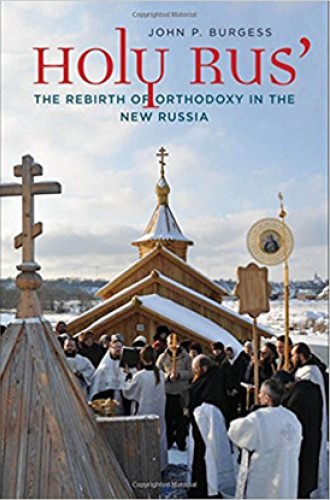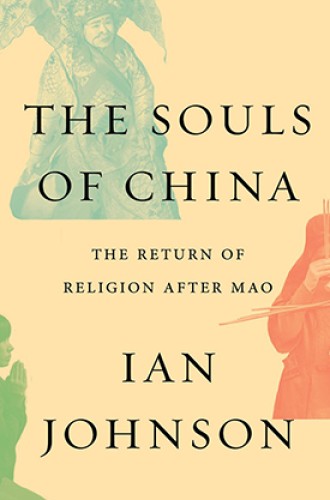Take & Read: Global Christianity
Holy Rus’: The Rebirth of Orthodoxy in the New Russia, by John P. Burgess. The fall of Soviet communism created a new environment for Russia’s Orthodox Christians. Since the late 1980s, the Orthodox Church has regained much of its historic power and status, with a widespread rebuilding of churches and monasteries and ambitious schemes for mass popular evangelism. This intoxicating “rebirth” forms the subject of this book, which is based on John Burgess’s lengthy experience living and worshiping in Russia. The book offers powerful portraits of holy places and of the many clergy and laity with whom Burgess interacted. He describes a pervasive spiritual reawakening, in which otherworldly concerns are always manifested in the pursuit of everyday education and pastoral care. The Russian government’s close alliance with Orthodox ideology gives added political relevance to the book’s lessons.
Inside the Whirlwind: The Book of Job through African Eyes, by Jason A. Carter. This rich, ambitious work gives an account of the Christian life of the Fang people of Equatorial Guinea. In a region where witchcraft belief is still prevalent, the issues confronted by Christians emerge especially in sermons, and Jason A. Carter has much to tell about Fang preaching styles and strategies. He uses those sermons to illustrate how believers read and understand the Bible, with a special focus on Job and its theodicy. Fang Christians read Job thoughtfully and critically, but they also understand it through their traditional cosmology. This reading has led to the devil’s becoming what Carter terms “a disturbingly central and indispensable element” in African Pentecostal belief—the process of “diabolization.”
Moving by the Spirit: Pentecostal Social Life on the Zambian Copperbelt, by Naomi Haynes. The explosive growth of Pentecostal forms of Christianity around the world is well known, but statistics tell only part of the story. Works that focus on the details of life in small communities allow the reader to put faces on larger trends—to transform statistics into living, breathing people. Moving by the Spirit is an excellent example of such ethnographic work. Focusing on the hard-scrabble areas of Zambia’s Copperbelt region, Naomi Haynes shows how effectively Pentecostal faith meets people’s needs in what would otherwise be an impossible situation. Faith also helps the Copperbelt saints in the “moving” that is such a constant theme of their aspirations: moving to more thriving areas, moving toward prosperity, and generally moving up in life. The book is admirably honest about the gender dynamics in the congregation.










